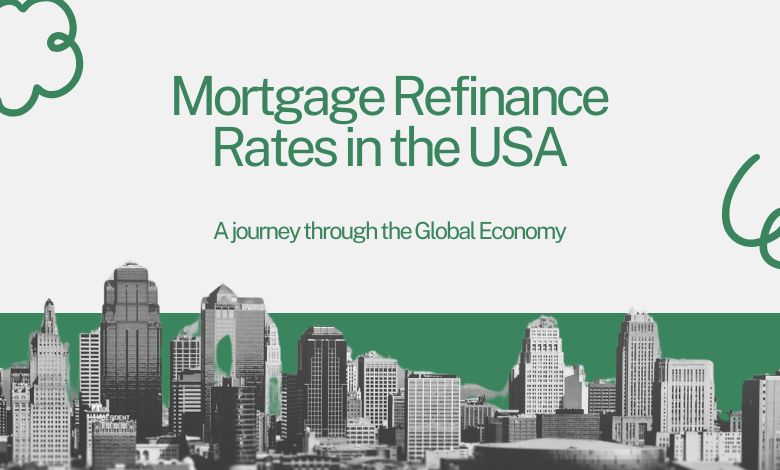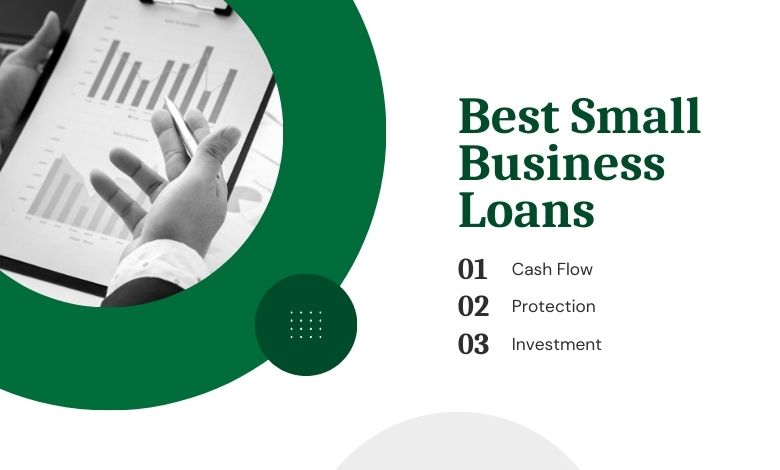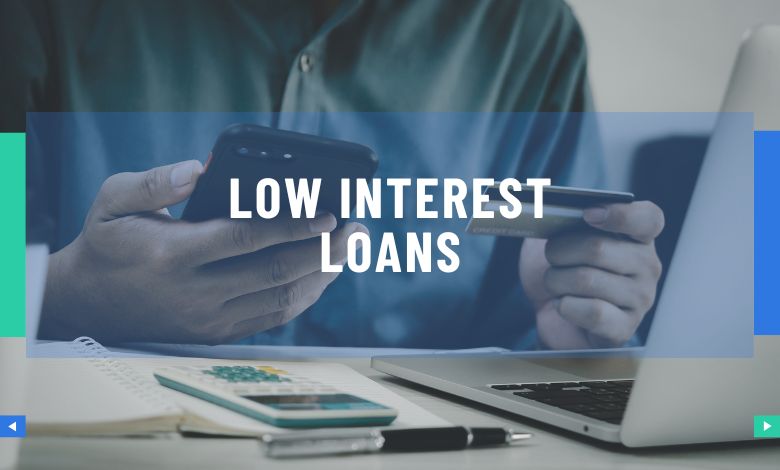Mortgage refinancing has always been a key financial strategy for American homeowners. By refinancing, borrowers can lower their monthly payments, secure a better interest rate, shorten their loan term, or even tap into home equity for major expenses. In 2025, with interest rate fluctuations and a dynamic housing market, many homeowners are asking the same question: Is now the right time to refinance?
This article provides a detailed overview of mortgage refinance rates in the USA for 2025, the economic factors influencing them, the types of refinancing available, and practical advice for homeowners to make smart decisions.
Understanding Mortgage Refinance
Mortgage refinancing replaces your existing mortgage with a new one, ideally with better terms. Homeowners usually refinance to:
- Lower the Interest Rate – Reducing monthly payments.
- Shorten the Loan Term – Paying off the mortgage faster.
- Switch Loan Type – Moving from an adjustable-rate mortgage (ARM) to a fixed-rate mortgage.
- Tap Into Home Equity – Cash-out refinancing allows borrowing against home value.
The key attraction is the interest rate, which determines how much you’ll save or spend over the life of the loan.
Mortgage Refinance Rates in 2025
As of 2025, refinance rates in the USA are shaped by inflation, Federal Reserve policies, and housing market trends. While exact rates vary daily and by lender, here’s a general picture:
- 30-Year Fixed Refinance Rate: 6.5% – 7.2%
- 15-Year Fixed Refinance Rate: 5.6% – 6.1%
- 5/1 Adjustable-Rate Mortgage (ARM) Refinance: 5.8% – 6.3%
These numbers are averages, meaning some borrowers—especially those with excellent credit and strong financials—can secure lower rates, while others may pay more.
Factors Influencing Mortgage Refinance Rates in 2025
1. Federal Reserve Policies
The Fed’s interest rate decisions directly influence mortgage rates. In 2025, the Fed is balancing inflation control with economic growth, keeping mortgage rates elevated compared to pre-2020 levels.
2. Inflation Trends
Higher inflation pushes rates up, while declining inflation helps bring them down. The pace of inflation in 2025 will determine whether refinance rates ease further or remain high.
3. Housing Market Dynamics
A competitive housing market often keeps refinance demand strong. With housing prices stabilizing in 2025, refinancing remains attractive for equity-rich homeowners.
4. Credit Score and Financial Profile
Borrowers with FICO scores above 740, low debt-to-income ratios, and steady income typically secure the best refinance rates.
5. Loan Type and Term
Shorter-term loans (15 years) almost always have lower rates than longer-term loans (30 years). Fixed rates also differ from adjustable ones.
Types of Mortgage Refinancing
Homeowners considering refinancing in 2025 have several options.
1. Rate-and-Term Refinance
This is the most common form, where the goal is simply to secure a better rate or adjust the loan term.
- Best For: Homeowners who want lower monthly payments or faster payoff.
2. Cash-Out Refinance
This option lets homeowners borrow against their home equity. For instance, if your home is worth $400,000 and your mortgage balance is $200,000, you could refinance for $280,000 and receive $80,000 in cash.
- Best For: Funding major expenses like home improvements, education, or consolidating high-interest debt.
3. Cash-In Refinance
Here, the homeowner makes a lump sum payment during refinancing to reduce the loan balance and secure a better rate.
- Best For: Borrowers with extra savings who want to lower their interest costs.
4. Streamline Refinance
Offered by FHA, VA, and USDA loans, streamline refinancing involves less paperwork and faster approval.
- Best For: Government-backed loan holders who want a simple process.
When Should You Refinance in 2025?
Refinancing makes sense if:
- Your Current Rate is High – If you’re paying 7.5% and can refinance at 6.2%, the savings can be significant.
- You Want to Shorten the Loan Term – Moving from a 30-year to a 15-year term can save thousands in interest.
- You Need Cash – A cash-out refinance may be cheaper than credit cards or personal loans.
- You Plan to Stay in the Home Long-Term – Refinancing costs (closing costs, fees) are worthwhile if you’ll stay in the home long enough to break even.
Costs Associated with Refinancing
Refinancing isn’t free. Common costs include:
- Origination Fees: 0.5% – 1% of the loan amount.
- Appraisal Fees: $300 – $600.
- Closing Costs: Typically 2% – 6% of the loan.
- Prepayment Penalties: Some lenders charge fees for early payoff.
Before refinancing, homeowners should calculate the break-even point—how long it will take for savings to outweigh costs.
Example: Refinancing Savings
Suppose you have a $300,000 mortgage at 7.5% interest with 25 years remaining. Your monthly payment is about $2,208.
If you refinance at 6.2% for 25 years:
- New Payment: $1,978
- Savings Per Month: $230
- Annual Savings: $2,760
- Lifetime Savings: Over $69,000 (before costs).
Even after closing costs of $5,000, refinancing would be worthwhile if you stay in the home for more than 2 years.
How to Qualify for the Best Refinance Rates in 2025
- Boost Your Credit Score: Aim for 740 or higher. Pay down debts and avoid late payments.
- Lower Debt-to-Income Ratio (DTI): Keep it under 43%. Lenders favor borrowers with stable income and low obligations.
- Build Home Equity: Having at least 20% equity may help you avoid private mortgage insurance (PMI).
- Shop Around: Compare offers from multiple lenders—banks, credit unions, and online lenders.
- Lock Your Rate: Rates can change daily, so locking in when you see a good deal can protect you.
Pros of Refinancing in 2025
- Potentially lower monthly payments.
- Ability to switch from ARM to fixed rates for stability.
- Opportunity to pay off mortgage faster with a shorter term.
- Access to cash for important expenses.
Cons of Refinancing in 2025
- High closing costs may reduce savings.
- Rates are still higher than pre-2020 levels.
- Risk of extending your loan term, which increases total interest.
- Possible prepayment penalties.
Alternatives to Refinancing
If refinancing doesn’t make sense, homeowners can consider:
- Loan Modification: Negotiating new terms with the lender.
- Home Equity Loan or HELOC: Borrowing against equity without replacing the existing mortgage.
- Extra Payments: Paying extra toward principal each month to reduce balance faster.
The Outlook for 2025 and Beyond
Mortgage refinance rates in 2025 are expected to remain moderately high compared to historical lows in 2020–2021 but could trend lower if inflation cools further. Homeowners should monitor economic updates, especially Federal Reserve announcements, since even small changes in interest rates can have a big impact on refinance affordability.
Final Thoughts
Refinancing a mortgage in 2025 can be a smart move for many homeowners—but timing and preparation are everything. If you can secure a significantly lower rate, shorten your loan term, or access equity at a reasonable cost, refinancing may save you tens of thousands of dollars over the life of your mortgage.
However, always weigh the costs, compare lenders, and ensure the savings justify the process. In the ever-changing financial landscape of 2025, informed decisions are the key to financial success.



